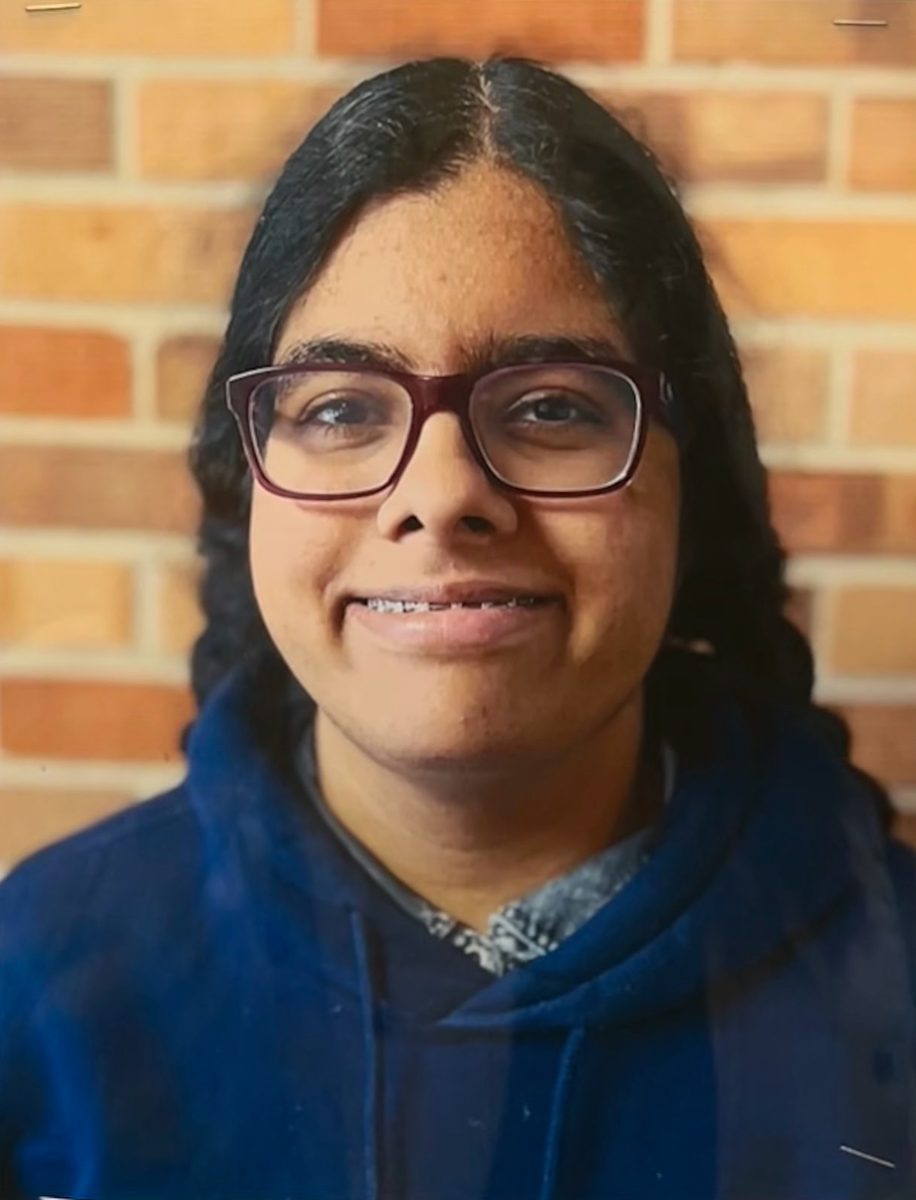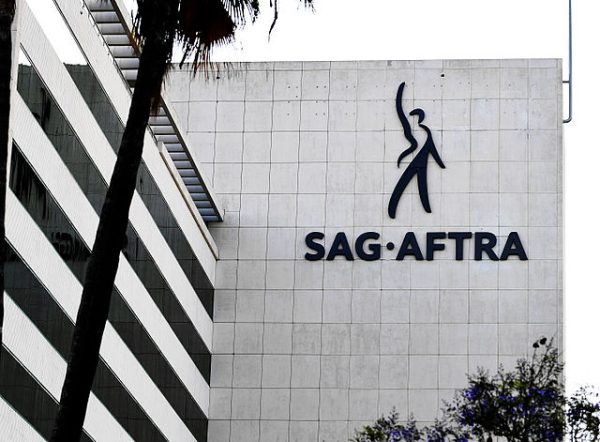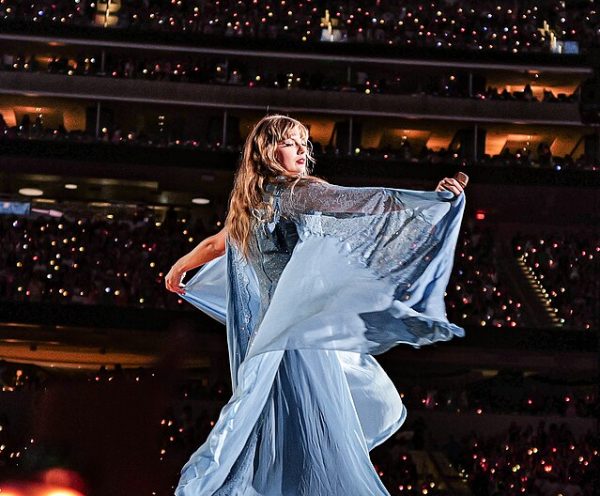Asian representation in media
November 23, 2021
Within recent times, the push for more accurate representation of the Asian diaspora has given way to discussion about this topic in the film industry. Western filmmakers have begun to take into account a more diverse casting of Asian actors to fit the American standard for entertainment and audiences have begun responding to this change. Regardless, it is still important that we do not forget that there is a long way to go when it comes to receiving not only some type of representation, but more importantly, accurate and respectful representation. And since we have such a long way to go, it is important that we start now.
Lack of Representation
Lack of representation for the Asian race is one of the biggest issues regarding portrayal of the race in media. In the words of USA Today editor David Oliver, it had been found that in May of this year, only .009%, or forty-four, of American films featured an Asian American as the lead, with fourteen of these featuring the same actor: Dwayne Johnson. Oliver demonstrates that this lack of exposure to Asian actors extends to the overall film-making process as well when he states that less than 5% of the highest grossing films for over the last 10 years were credited to Asian American and Pacific Islander directors. And while some may believe that this lack of representation and objectively bad representation through stereotyping are mutually exclusive, more representation is the first step to not only giving these actors and directors the attention that they deserve, but to also open the path to the reduction of subpar representation as there becomes more diversity and accuracy in American portrayals.
Bad Representation and Stereotyping
Lack of representation is an issue that oftentimes creates the stereotypes associated with people of certain groups, including the Asian community. This is due to the mere exposure effect, which states that people will have more of a liking towards those that they have exposure to. The issue is that even this theory of exposing people to more Asian faces in media does not solve all the issues that we may have since most of this exposure is laced with stereotypes. For instance, not only do Asian women tend to get sexualized and/or objectified more, but the culture gets objectified as well through the lotus flower trope, which refers to East Asian women whose culture is incorporated inaccurately in order to simultaneously strip her of her individuality in order objectify her for the main character’s desires.
When it comes to men, western media constantly portrays both South and East Asian men as simple jokes to add them as a comedic last resort to the film rather than multifaceted individuals. For example, Ravi from the Disney show Jessie, Baljeet from Phineas and Ferb, and Ned from the newest Spider-Man series have stereotypical and unnecessary accents and/or minor roles that are paired and associated with nerdy traits in order to achieve comedic effect and push the model minority stereotype. This is a stereotype that generalizes Asians like these characters as intelligent people without showing other personality-related aspects that could indicate the race’s diversity.
Representation also becomes skewed when actors of certain nationalities play parts assigned specifically for cultures that do not pertain to said actor. For example, in even a more progressive attempt at including Southeast Asian culture through Disney’s “Raya and the Last Dragon,” the first actress that appears when looking up the cast is Awkwafina. While Awkwafina is of Korean and Chinese descent, the diaspora she represents (East Asian) is not reflective of the Southeast Asian culture presented in the movie. This is a form of stereotyping known as outgroup homogeneity, which by definition ignores the individual , even though every Asian diaspora is very different in their own ways. The same issue applies to West Asian representation when films like Aladdin loosely combine the diverse cultures of not only Middle Eastern countries in Asia, but other Asian countries as well. These cultures, according to editor Manal Khan of National Geographic, include Arabic, Turkish, and Persian Middle Eastern influences along with Indian East and South Asian ones despite the film being based on the story Arabian Nights.
Solutions
While all these issues of stereotyping still exist, good representation has been increasing recently, and at times the good has even outshined the bad in specific cases. One such case involves “Squid Game,” a South Korean tv series, which has been one of the top ten shows on Netflix for weeks. The show has given insight on capitalistic issues in its own nation while simultaneously incorporating culturally significant aspects. According to editor Minwoo Park of Reuters, dalgona, a popular street food featured in the show, has even allowed Korean street workers that make the same item to increase their revenue. For example, one such worker named Ah Yong-Hui has had an increased sale of fewer than 200 of these sweets to 500, as Park reports.
This increased reception of Asian media also has become clear when seeing that “Shang Chi and the Legend of the Ten Rings” box office revenue in its opening was three times higher than expected prior to the release. Award shows have also recognized more films recently that are dominated by East Asian directors, actors, and more. For example, the movie “Parasite” won an academy award in 2020 for best picture. It’s clear that recently, with not only the recognition of various actors, directors, and forms of media from outside of the U.S. but also within the American population, we have been making progress. It is just important now that we speed up this progress for all Asian diasporas as soon as possible.










